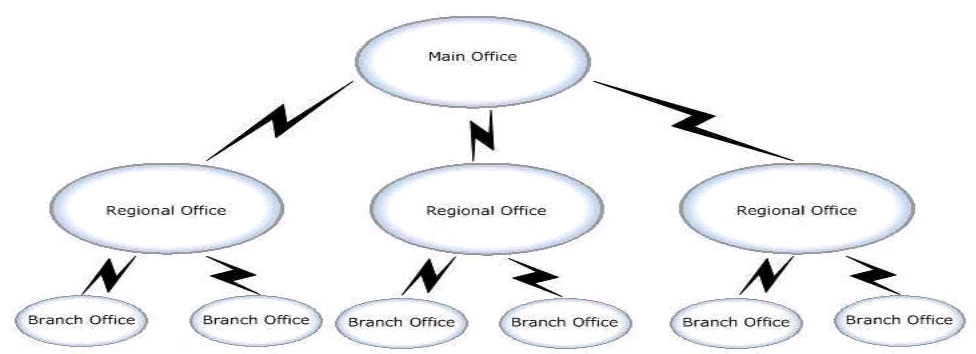A company has a main office, three regional offices, and six branches offices. The network links are configured as shown in the exhibit. View the Exhibit:

During information gathering, an architect records:
✑ The regional offices are located in secure bunkers. The CTO feels this would be a good location for all the vRealize Automation components to meet their BC/
DR objectives. However, the CTO is looking for the best design while maintaining their very high security requirements.
✑ The branch offices are located in very remote locations with unpredictable network performance. Reliance on the main and regional offices needs to be minimal while still allowing provisioning of machines in the branch offices. The branch offices consist of three host vSphere clusters.
✑ There is synchronous vSphere Metro Storage Cluster (vMSC) between the regional offices as well as replicated backups between the regional offices with replication running nightly. The CEO wants to have the lowest possible RPO and RTO of the vRealize portal including the ability to manage already provisioned machines while NOT increasing the amount of data being replicated between the regional offices as much as possible.
Referring to the exhibit, which two design specifications can the architect recommend to meet requirements? (Choose two.)
